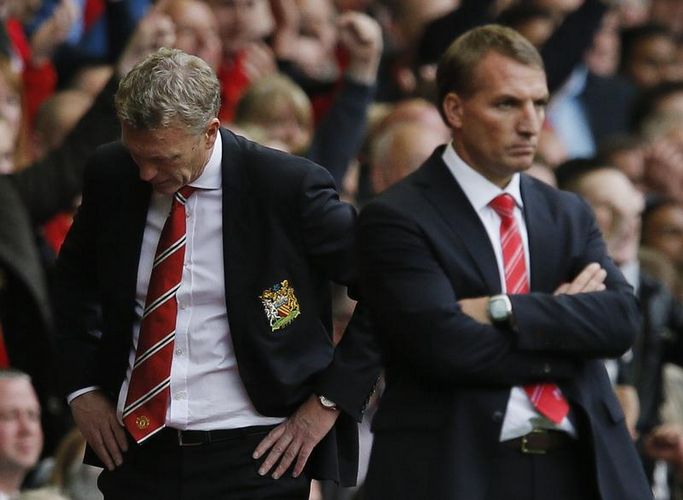*Correction appended
Labour market data for July/August adds to the string of more positive data releases from the UK noted of late. The data highlights once again the difficulty of forward guidance for the BoE with markets likely to persist in factoring in a rate hike sooner than the H1 2016 BoE MPC members are predicting.
There is no doubt that UK labour market data was strong. Not only did we have an unemployment rate that came in below expectations but the claimant count measure of unemployment suggests that there is more downside on the unemployment rate going forward.
The unemployment rate at 7.7% was below expectations of 7.8%, although we had flagged the prospect of such an outcome based on recent better than expected claimant count data.
The breakdown of unemployment shows that in the 3-months to July the number of unemployed was down by 24k while those in employment was up 80k. The level of employment was at its highest since the records began in 1971. The claimant count measure of unemployment for August showed a decline of 32.6k compared to -22k expected with the July figure revised lower to -36.3k from -29.2k.
When it comes to the 7.7% print on unemployment remember that we have been here before with unemployment largely meandering around 7.8% since 2009 apart from the increase and subsequent decrease seen in 2011/2012. A move below 7.7% is required in order to create real excitement that the trend has finally been broken. The forward looking claimant count measure suggests that there is yet more in the way of surprises on unemployment with the prospect of a 7.6% or even 7.5% print for August.
The labour market strength is happening in a backdrop of still subdued wage growth which should please the BoE. Average weekly earnings excluding bonuses was 1.0% in July (3m y/y basis) compared to 1.1% in June. Expect this to keep the hawks from wanting to shift their stance toward higher rates from a position of not wanting further QE.
With the Fed likely tapering QE and UK money market rates moving higher, the BoE will feel the need to stick with forward guidance and highlight that rates will not follow the US higher. The markets are less likely to believe this though and the move lower on unemployment along with the claimant count suggest that the market will persist in looking for an earlier rate hike from the BoE.
We have had a 1y1y GBP pay position (from 0.845%) still looking for a move out to 1.30/1.35% on the forward swap. It is interesting that despite the data the SONIA curve has stopped steepening and this would suggest that there is now room for a correction, likely triggered by the FOMC next week (buy rumour and sell fact).
We look to close out 1y1y GBP at 1.17% (*) currently with a paper profit of 25.5bp.
Wage growth not a concern
A 7% unemployment rate for the BoE is a threshold and not a trigger when it comes to monetary policy. But as we have seen with the Fed, the state of the labour market goes beyond just the unemployment rate even if this provides a quick-and-dirty measure.
There is more to gauging how slack the labour market is beyond the unemployment rate and other measures suggest that there is a little more slack to be taken up before wage growth becomes a concern.
For the BoE the unemployment rate is a simple and easy to understand measure to pin its forward guidance on and recent survey suggests that the message is at least getting through to households/firms even if financial markets remain sceptical.
One measure of slack that provides the BoE with confidence is the number of people working part-time because they are unable to get a full-time job and this sits at a record 1.447m. The labour market data showed that the dynamic of part-time to full-time work is changing but it is still not fast enough to threaten wage growth.
As long as wage growth is not a concern, and households/firms still buy into forward guidance, the BoE will not be in a rush to change its tune on forward guidance. This message will prove especially important in a post-tapering world when UK financial conditions could tighten further along with those in the US.
(*Corrects for the current level of the 1y1y GBP swap rate)
